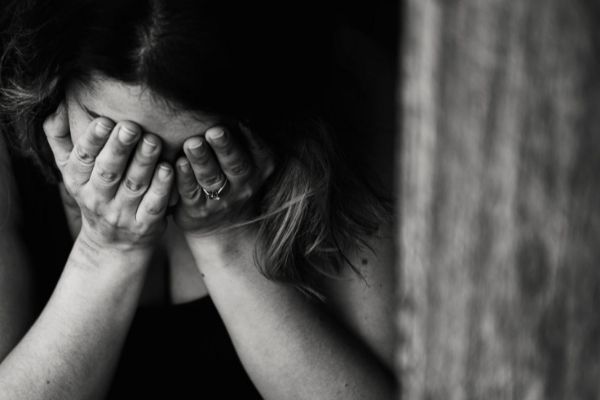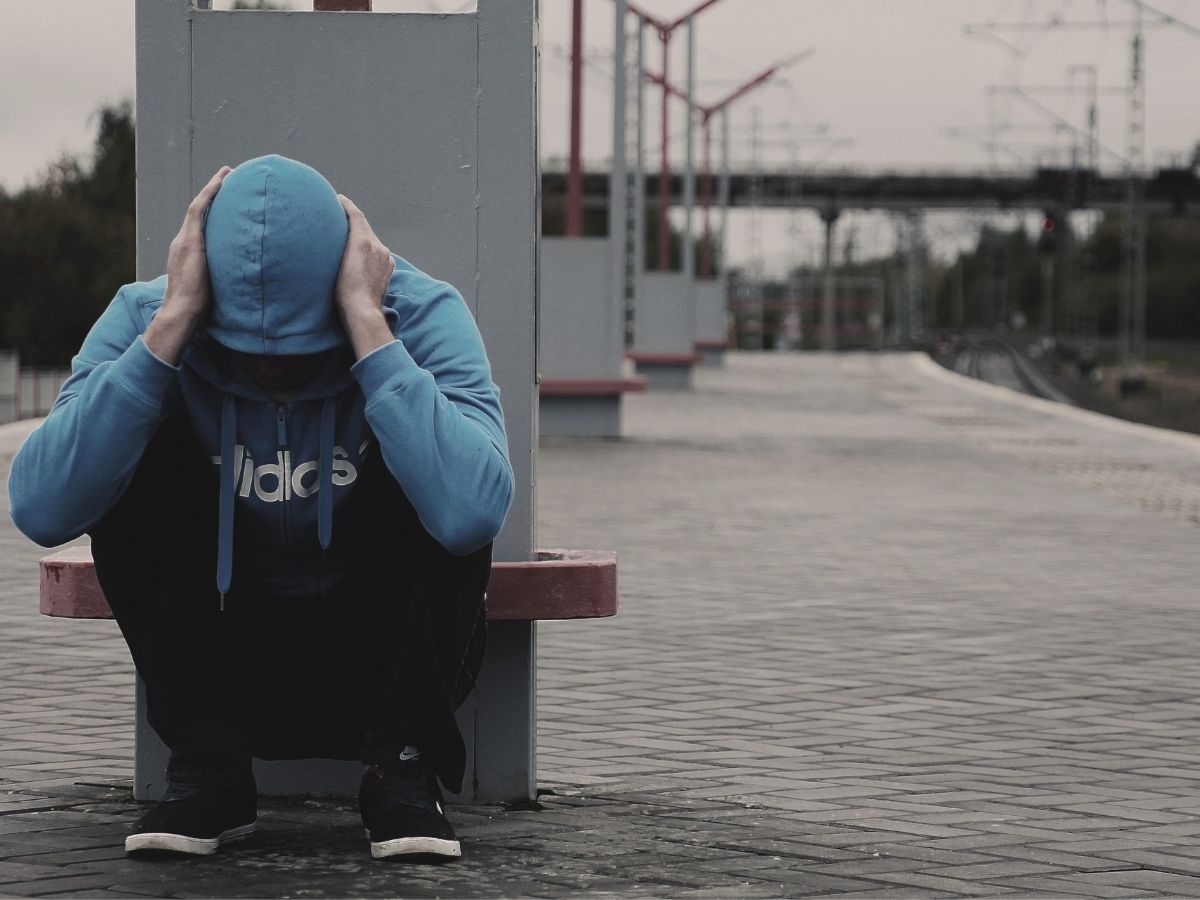How To Recognize An Overdose
Drug overdoses might occur unintentionally for several reasons, such as:
- Taking a regular dose after tolerance has dropped (it mostly happens after a detox or withdrawal)
- Taking a more potent dose than the body is accustomed to
- Mixing substances of abuse
While some people do overdose intentionally, most overdoses are unintended. A drug overdose is a medical emergency, requiring immediate medical attention. That can help prevent death or lasting negative health outcomes. Some general indications associated with numerous overdose conditions include severe chest pain, seizures, severe headaches, difficulty breathing, delirium, extreme agitation, or anxiety.
Signs And Symptoms Of Opioid Overdose
Opioid Overdose Can Happen:
- When a patient misunderstands the directions for use, accidentally takes an extra dose, or deliberately misuses a prescription opioid
- With illicit drug use
- If a person takes opioid medications prescribed for someone else
- If a person mixes opioids with other medications, alcohol, or over-the-counter drugs

Signs of Opioid Overdose:
- A person does not wake or respond to touch or voice
- Breathing is not normal, is very slow, or has stopped
- Pin-point sized pupils
- Bluish lips and nose
Opioid overdose is life-threatening and needs immediate emergency attention. Most importantly, recognizing the signs of opioid overdose is essential because it can save lives.
How To Respond To An Overdose
To save more lives from opioid overdose, SAMHSA published the Opioid Overdose Prevention Toolkit – 2018. The Toolkit equips communities and local governments with material to develop policies and practices to help prevent opioid-related overdoses and deaths.
It Also Serves as a Foundation for Educating and Training:
- Communities
- Prescribers of opioid pain medications
- First responders
- Patients who are prescribed opioid medications
- Individuals and family members who have experienced an opioid overdose

Naloxone or Narcan is a prescription drug. You can buy naloxone in many pharmacies, in some cases without a prescription. First, however, it’s essential to understand how to administer naloxone properly.
Naloxone, under the brand name Narcan, is a medication that is highly advisable to reverse the harmful effects of Opioid overdose. If not treated immediately, an opioid overdose can be hazardous to a person’s health because it is fatal. Although Narcan effectively counters the negative impact of an opioid overdose, it is not advisable for those in active addiction to abuse opioids. So, if you are struggling with an addiction to opioids, get in touch with a treatment provider to help you recover from addiction and to approach the causes of drug misuse.
Steps To Save A Life
ASAM (American Society of Addiction Medicine, Inc.) supports broadened accessibility to naloxone or Narcan for people who use drugs and other individuals in a position to initiate an early response to evidence of opioid overdose.
Eligible Individuals Would Include:
- People who use or are prescribed opioids, or may have unintended exposure to opioids through other substance use
- Family members, significant others, companions of people who use or are prescribed opioids
- People re-entering the community from correctional settings and their family members
- Early responders to calls for emergency medical assistance (EMTs and paramedics)
- Clinicians and others who provide services to individuals with substance use disorders
- In office-based, clinic, or residential settings
- Corrections staff
- Law enforcement officers
- The team of state and community-based public and private organizations serving
- Populations at high risk for opioid overdose
ASAM encourages the co-prescribing of naloxone for people at risk of overdose, including those receiving opioid treatment for pain and those treated for opioid use disorder. [1]
The Prescription Ideally Would Be Complemented By:
- The appropriate patient and family education about the risks of opioid overdose
- The signs/opioid overdose symptoms
- The proper use of naloxone for the revival of accidental opioid overdose symptoms victims
- Instructions for referral To emergency care
- Addiction treatment
- The need for follow-up

Prevention And Risk Factors
Illicitly manufactured fentanyl, heroin, cocaine, or methamphetamine (alone or in combination) were involved in nearly 85% of drug overdose deaths in 24 states and the District of Columbia from January–to June 2019. More than 3 out of 5 overdose deaths involved at least one potential opportunity to link people to care before opioid overdose symptoms or to implement life-saving actions when an overdose occurred. [2]
opioid overdose symptoms and deaths can be prevented. See the following strategies to learn how.
1. Enhance Linkage to Care
Many people are able to make significant changes in their lives and maintain remission by finding or creating social networks and environments supportive of recovery efforts. Seek out recovery supports, including mutual aid groups, recovery coaches, and peer recovery services. They can be an important part of each person’s recovery journey.
2. Reduce High-Risk Prescription Drug Use
Improving the way opioids are prescribed through clinical practice guidelines can ensure patients have access to safer, more effective chronic pain treatment while reducing the risk of an opioid use disorder, opioid overdose symptoms, and death. More than 11.5 million Americans, aged 12 or older, reported misusing prescription opioids in 2016. [3]
- An estimated 11% of adults experience daily pain
- Millions of Americans are treated with prescription opioids for chronic pain
- Primary care providers are concerned about patient addiction and report insufficient training in prescribing opioids
3. Increase Distribution of and Access to Naloxone
Expand access to and use of naloxone – a non-addictive, life-saving drug that can reverse the opioid overdose symptoms when administered in time.
Access to naloxone can be expanded through:
- Standing orders at pharmacies
- Distribution through local, community-based organizations
- Access and use by law enforcement officials
- Training for basic emergency medical service staff on how to administer the drug
4. Increase Access to Risk Reduction Services
- Expand the provision and use of naloxone and opioid overdose symptoms prevention education
- Expand access to and provision of treatment for substance use disorders
- Intervene early with individuals at the highest risk for overdose
- Improve detection of opioid overdose symptoms outbreaks due to fentanyl, novel psychoactive substances (e.g., fentanyl analogs), or other drugs to facilitate an effective response
Opioid Overdose Symptoms Treatment
Addiction treatment needs a comprehensive program of specific therapies, counseling and psychological support, and more, especially in heroin and opiates treatment and rehab. Unfortunately, those who do not seek medical treatment after obtaining a dose of naloxone may face cravings to take more drugs – particularly if they have opioids addiction.
Moreover, naloxone stays in the body for approximately one hour, sometimes a little more. However, some opioids can remain in the body for up to 12 hours, meaning naloxone will wear off long before the drug. Therefore, consuming additional opioids after taking the medication significantly doubles your risk of second opioid overdose symptoms.
Use Opioids Safely
Because many addictions coincide with another disorder, you must find a rehab specializing in treating co-occurring conditions. This requires that the inpatient drug rehab understands the importance of taking the time to discover if there is another disorder at hand that may be playing into a substance use disorder before treating only the substance abuse. In addition, with a thorough investigation of an individual’s mental health condition before treatment, the individual will indeed receive the most effective and comprehensive treatment for their addiction and mental health disorder. This only strengthens their chances of maintaining their sobriety upon leaving the inpatient drug rehab facility.
If you depend on opioids to continue feeding your addiction, exploring treatment program options would be highly advisable.
Above all, recovering from a substance use disorder does not need to be overwhelming or burdensome. With supervision from an inpatient drug rehab, like We Level Up TX, you will be on the way to lifelong sobriety in no time. As such, don’t hold advancing in your sobriety. Instead, reach out today, and a dedicated and compassionate admissions specialist will answer any questions and handle any concerns you may have about going to an inpatient drug rehab.

Opioids Addiction Treatment – Houston Opiate Rehab
Treatment for opioid overdose symptoms differs depending on the situation. Ideally, those treating someone who has overdosed will know which drug was taken, the amount of the drug, the method of use, and if any other substances were involved. However, this information is not always available in emergency situations.
The healthcare provider may be able to use an antidote for certain opioid overdose symptoms. For instance, the drug naloxone can help reverse the effects of a heroin overdose. Naloxone, also known as Narcan, is the drug used by paramedics to revive people who have had an opioid drug overdose.
You Should Also Seek Emergency Aid Regarding Possible Opioid Overdose Symptoms Immediately When Someone is having:
- Seizure
- Severe Headache
- Severe Chest Pain
- Breathing Difficulties
- Notably Paranoid, Agitated, and/or Confused
The most obvious way to tell if these signs indicate opioid overdose symptoms is to know you have taken drugs or have seen someone else misuse substances, including alcohol. Getting medical help quickly can undoubtedly make a big difference in the effectiveness of drug overdose treatment.
If you or a loved one is dealing with an addiction to alcohol or other drugs and is inclined or have a history of opioid overdose symptoms, especially if you have experienced multiple relapses or overdoses in the past, then you already know that you need professional help and addiction therapy Houston. Please contact We Level Up TX today for a confidential free consultation with a member of our drug overdose team.

